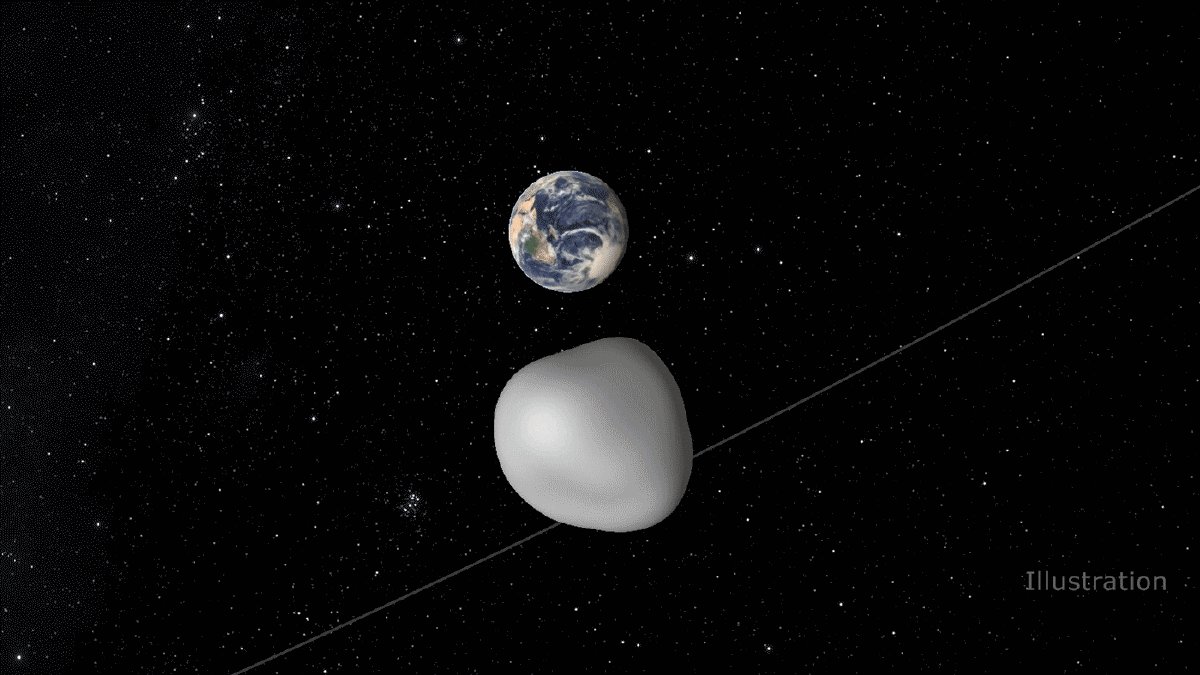
It's been a busy year for NASA—and for all the rest of us, so let's take a stroll through some of 2017's biggest discoveries and advances from the space agency.
Jupiter's time to shine: NASA's Juno spacecraft fell into orbit around Jupiter last year, and ever since, it's been making giant loops of the planet, first skimming over its surface then heading far out into space. So far, it's made nine close science passes over the planet, gathering stunning photographs every time. It's also gotten the best ever look at the planet's Great Red Spot, which it has calculated goes 200 miles deep into Jupiter.
The great American total solar eclipse: America was struck by eclipse fever before this year's August 21 total solar eclipse, the first such phenomenon to cross the country from coast to coast in almost a century. In addition to everyone who traveled to the path of totality, which swept from Oregon to South Carolina, NASA estimated that about 90 million people tuned in to its online coverage of the phenomenon. Of course, the event wasn't just a nice spectacle—scientists also gathered priceless data about Earth and our sun.
Cassini's final days: NASA's Cassini orbiter, which spent 13 years circling Saturn, finally ended its mission in September. In order to keep nearby potentially habitable moons uncontaminated, Cassini used the last bits of its fuel to fall slowly into the planet's atmosphere, which melted the spacecraft within a few minutes. Before it went, it gathered incredible data, since it could now dance between the giant planet and its rings—and that data will be sustaining scientists for years to come.
Watching colliding neutron stars: NASA was one of dozens of institutions to jump on a huge scientific collaboration that kicked off this August, when the twin LIGO gravitational wave detectors spotted something unusual. NASA's Fermi satellite picked up the second key signal, a huge burst of gamma rays like a giant celestial fire hose and suddenly turned on and off. Although astrophysicists kept watching the phenomenon to get as much information out of the event as possible, just those signals, gathered over just a couple of seconds, were enough to confirm that scientists had spotted two neutron stars collide for the first time ever.

Keeping Earth safe from passing asteroids: NASA used October's fly by of asteroid TC4 as a test run for its planetary protection procedures. While the asteroid itself couldn't possibly harm Earth, it made a helpful practice scenario because it was large, easy to track and visible years before its visit. So as it waved to Earth, scientists waved back, gathering all the data they would want in a real situation with a concerning asteroid.
Shooting for the moon: After a year of rumors about what President Donald Trump would have the space agency focus on under his administration, December brought us a formal decision. Trump's signature on Space Policy Directive 1 means that the agency is looking to land humans on the moon again for the first time since 1972, and not just to snap a few photographs but really to establish a foothold for humans beyond Earth.

Spotting an alien solar system with eight planets: With just two weeks left of 2017, NASA drew headlines when it announced its Kepler telescope had spotted an eighth planet around a distant star, making it the first solar system to tie with ours for the most planets. The discovery was also important because it relied on a new Google algorithm designed to fish as many planets as possible out of the mass of Kepler data—which means there should be plenty more announcements in the years to come.
And 2018 should be even better than this year, since NASA is due to launch spacecraft bound for Mars and the sun, as well as a new alien-hunting exoplanet telescope.
Uncommon Knowledge
Newsweek is committed to challenging conventional wisdom and finding connections in the search for common ground.
Newsweek is committed to challenging conventional wisdom and finding connections in the search for common ground.
About the writer
Meghan Bartels is a science journalist based in New York City who covers the science happening on the surface of ... Read more
To read how Newsweek uses AI as a newsroom tool, Click here.








